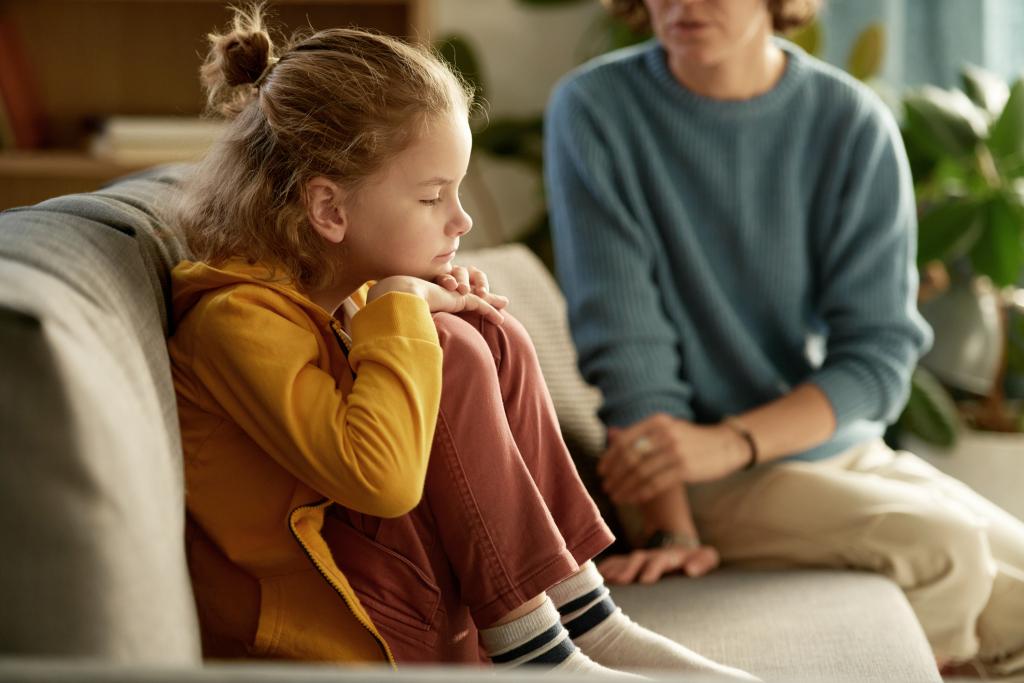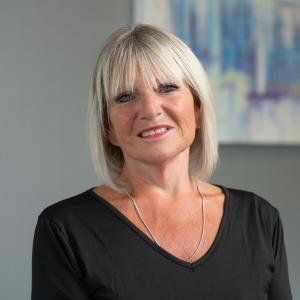
Today, family courts all over the world understand that children should have a voice in decisions that affect their lives. This idea is not just a hope, but a real legal requirement that the voice of the child is heard.
Introduction – the voice of the child
Article 12 of the United Nations Convention on the Rights of the Child (UNCRC), which is agreed to by countries such as Malaysia and the UK, says that every child who can express views must be allowed to do so. Their views should be taken seriously according to their age and maturity.
But putting this into practice is not always easy. Lawyers, judges, and governments all ask: how can we make sure children are truly heard, without making them feel stressed by adult legal battles? This article looks at how courts in England and Wales hear children’s voices and compares this with approaches in other regions.
Family courts today want to both protect and empower children. Protecting children means keeping them safe from the stress of adult conflict. Empowering children means giving them a real say in what happens to them. The best legal systems aim to do both. Research shows that when children feel heard and respected, families are more satisfied with the legal process and are more likely to stick to court decisions. This also reduces future arguments in court.
How the child’s wishes and feelings are brought into family cases concerning them
Whenever there is a dispute about where a child should live, which school they should attend, or how much time they spend with each parent, courts in England and Wales use a “welfare checklist.” The first point on this checklist is the wishes and feelings of the child, always considering their age and understanding. Similar rules are found in Malaysia and other countries in the region.
Children usually do not speak directly in court. Instead, trained professionals speak with them and share their thoughts with the judge. In England and Wales, this job is often done by Family Court Advisers from a service called Cafcass. These advisers meet with children, observe family interactions, talk to teachers, and prepare a report for the court. In serious cases, where there is high conflict or possible harm, the court appoints a guardian whose only job is to speak for the child.
Professionals use different methods depending on the child’s age. Younger children might use drawings, toys, or play to show their feelings. Teenagers may fill in questionnaires or have private talks. It is important that the child’s views are real – not just repeating what a parent has said. If a child says something that seems unnatural or very negative about one parent, advisers check for pressure or coaching.
Judges do not just rely on reports—they can meet children themselves. The judge does not discuss details of the case, but makes sure the child feels seen and respected. Feedback from children says this helps them feel part of the process, even if the outcome is not what they hoped for.
Other countries, like New Zealand, the Netherlands, and some Canadian provinces, use similar systems. In Malaysia, new programmes are training child interview specialists who attend court hearings and make children feel that their voice is heard. These professionals also understand cultural and language differences, so children from different backgrounds can explain their feelings in their own way.
What more could a Court do to hear the voice of the child
Even with these systems, many children still feel their opinions are not taken seriously. Studies in England show that about 40% of children in private family law cases think their voice made little or no difference.
Courts can do more. First, they can use child-inclusive mediation more often. In this type of mediation, trained mediators meet with children privately and share their views with parents (with the child’s permission). This helps parents agree on solutions that truly reflect the child’s needs. Countries like Australia and Hong Kong have had success with this approach, and their agreements are less likely to end up in court again.
Second, judges and lawyers could receive specific training in child psychology. Understanding how children think helps professionals know when a child’s opinion is honest and when it might be affected by stress or family pressure.
Third, children should always be given feedback. When a child shares their views, they should be told (in a way they can understand) how their opinions affected the judge’s decision. This can be done through a talk, a letter, or by the child’s guardian.
Technology can also help. Secure video calls or apps allow children to share their feelings if they are too shy or anxious to talk face-to-face. In Finland, there is a special “Children’s House” where police, social workers, and judges are all in one place, and children can speak in a friendly, comfortable setting. This idea is spreading to other countries, including parts of New Zealand.
In relocation proceedings: The limits of a holiday
Cases where one parent wants to move to another country with the child are some of the most difficult in family law. The child’s view is important, but most children only know the new country from a short holiday. These trips are full of fun activities, not normal life – like going to school or missing the other parent.
Many children (especially under twelve) do not fully understand what moving far away will mean for their daily lives or how much less they will see the left-behind parent.
To help, professionals use tools like storyboards, calendars, and digital planners. One new digital tool lets children build a weekly schedule, showing how much time would be spent travelling, at school, or with each parent. This often helps children (and parents) realise the real changes that a move would bring.
Courts are also warned not to assume that “home” is always better. In some cases, moving may mean more support, family, or stability for the child. Experts, such as cultural psychologists, can help courts understand what changes in country and culture will really mean for a child.
Why is the child’s voice so important when a case concerns them?
It is not just polite to listen to children – their opinions help courts make better decisions. There are four main reasons for this:
- Children know their own lives best. They can give details about daily life, feelings, and needs that adults may not see.
- Letting children speak builds confidence and life skills. It teaches them that their opinions matter and helps them learn to solve problems.
- Decisions are more fair and more likely to be followed. Families are happier with outcomes when children are included in the process.
- It helps reduce future problems. When children feel heard, they are more likely to accept and stick to the court’s decision.
However, children should not be put under pressure to choose between parents. Professionals must check that children are not being forced or influenced, and that they can speak honestly and safely. Malaysia and other countries are developing new guidelines and training for officers who support children in court.
There is even scientific evidence that being listened to helps children’s brains handle stress and pain. Studies show that when children feel ignored, parts of their brain linked to pain are more active. When they are listened to, this pain goes down. So, listening to children is not just the right thing to do, it actually protects their mental health.
How old must a child be to speak to a judge in England and overseas?
Different countries have different rules about the age when children can meet a judge. In England and Wales, there is no fixed age, but children aged ten or above are usually given the chance unless there is a clear reason not to. In some cases, younger children are heard if they are mature enough to understand.
In Scotland, the law used to say twelve, but now focuses on maturity. In New Zealand and Canada, judges decide based on the child’s ability to understand. In Germany, children are usually heard from age nine; in Spain, the rule is twelve.
In Asia, the rules are changing. Singapore recommends judges meet children aged ten and older, while Malaysia’s courts are developing new ways for children to be heard. What matters most is not the age, but whether the child understands what is happening and can express their views honestly and safely.
Recent surveys show that more judges than ever want to meet children directly. The main worries are about making children anxious or putting them under too much pressure. New training programmes and guidelines help judges prepare children before meetings and support them during and after the process.
Conclusion
Family law is changing around the world. Where once children were told to be “seen and not heard,” today the voice of the child is recognised as vital. Lawyers, judges, and mediators can help by listening with care, using new tools and technology, and always putting the child’s best interests first.
The journey is not finished, but we are making progress. By working together, sharing ideas, and respecting every child’s voice, we move closer to a fairer, kinder, and more effective family justice system for everyone.
If you would like to discuss anything mentioned in this article, please contact our Family Law team.
Ann Thomas, a consultant in the Family Law team, is a guest speaker at the LAWASIA Family Law & Children’s Rights Conference 2025 in Penang, Malaysia from 12-14 June 2025. Where she will talk about ‘The Voice of the Child in Court Proceedings’, and will look at how family courts today want to both protect and empower children.
